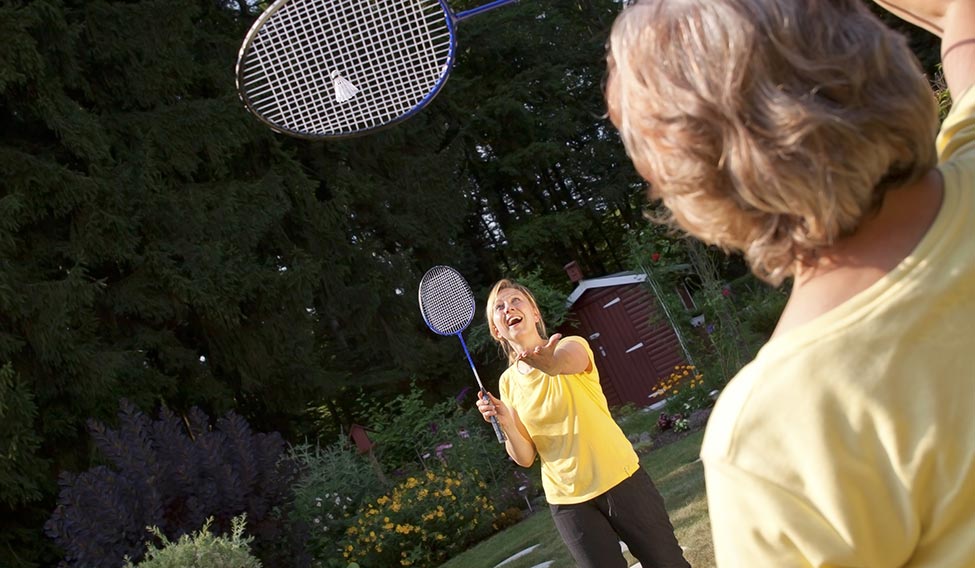The type of physical activity you engage in can make a difference in longevity.
According to an Australian study published in the British Journal of Sports Medicine, racket sports, swimming and aerobics had the best odds of staving off death, especially from heart disease and stroke.
To study the impact of different types of physical activity and sports on longevity, the researchers followed 80,306 adults, average age 52, over 30 years.
They looked at various physical activities and sports including domestic chores and gardening, cycling, swimming, aerobics (gymnastics or dance), running, football or rugby and racket sports.
Racket sports—tennis, squash, badminton—had the greatest benefits. Those who played racket sports had a 47 per cent lower risk of dying from any cause and a 56 per cent lower risk of death from heart disease.
Swimming came in second—swimmers had a 28 per cent lower risk of death from any cause and 41 per cent lower risk of death from cardiovascular causes.
The risk was 27 per cent and 36 per cent lower, respectively, for those who participated in aerobics. Cyclists had a 15 per cent lower risk of death from any cause.
“Our findings indicate that it’s not only how much and how often, but also what type of exercise you do that seems to make the difference,” said the senior author of the study.
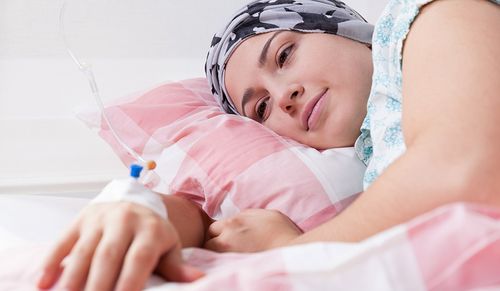
Cool cap
Losing hair is an emotionally taxing experience for breast cancer patients undergoing chemotherapy.
A US study presented at the San Antonio Breast Cancer Symposium finds that cooling the scalp with a special cap during chemotherapy could help prevent treatment-related hair loss in breast cancer patients.
The Orbis Paxman Hair Loss Prevention System consists of a two-cap system. The inner silicon cap circulates a refrigerated fluid and the outer neoprene cap insulates the scalp.
The study enrolled 182 women with early stage breast cancer; two-thirds of the women received the scalp cooling device, while the other third did not.
Those in the cooling therapy group wore the device 30 minutes before chemotherapy, through the entire treatment session, and 90 minutes after the treatment.
In the cooling group, 50.5 per cent of the patients experienced hair preservation after completing four cycles of chemotherapy compared to none in the no-cooling group. Women who did not lose their hair also did better emotionally. Side effects were mild, including headache and temporary discomfort.
Scalp cooling lowers the temperature of the scalp, thereby constricting the blood vessels and reducing blood flow to hair follicles. This limits the amount of chemo drugs reaching the follicles and helps prevent hair loss.
Did You Know
Consuming a handful of nuts a day can reduce the risk of coronary heart disease by 29 per cent; cardiovascular disease by 21 per cent; premature death by 22 per cent; all cancers by 15 per cent; and stroke by 7 per cent. Furthermore, eating a handful of nuts reduced the risk of dying from respiratory disease by 52 per cent; diabetes by 39 per cent; infectious diseases by 75 per cent; and kidney disease by 73 per cent. The reduced risk was seen with an intake of approximately 15-20 grams per day.
BMC Medicine
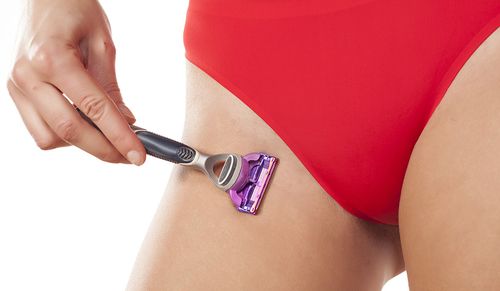
Hair to stay
Going bare down there may not be such a good idea! According to a study published in the journal Sexually Transmitted Infections, grooming pubic hair may put you at an increased risk of contracting sexually transmitted infections, such as herpes, human papillomavirus (HPV), syphilis, gonorrhea and chlamydia.
The findings were based on a survey of 7,580 people aged 18 to 65. They were asked about their grooming habits, sexual behaviour and history of sexually transmitted diseases.
Grooming was a common practice 84 per cent of women and 66 per cent of men reported doing.
Groomers tended to be younger, more sexually active, and have more sexual partners than non-groomers.
Any type of grooming was associated with an 80 per cent increased risk of STI infection, compared with not grooming. However, regular groomers had a 3.5 to 4-fold greater risk of contracting sexually transmitted infections.
According to the researchers shaving or grooming can cause tiny tears or cuts that allow bacteria and viruses to enter more easily. Also, people who groom may be more likely to engage in risky sexual behaviour.
"Grooming may be a proxy for higher levels of sexual activity," the lead researcher noted.
On the other hand, people who never or rarely groom their pubic hair have double the risk of pubic lice, the study found.

Step out, see better
Spending more time outdoors can reduce the risk of myopia or nearsightedness.
According to a study published in JAMA Ophthalmology, exposure to the sun's ultraviolet B (UVB) rays was associated with a reduced risk of nearsightedness.
Nearsightedness is becoming more common worldwide, especially in urban Asia.
The researchers compared 371 older adults with myopia with 2,797 without it. They conducted eye examinations, took blood samples and estimated their exposure to UVB rays by questioning them about health and behaviour since adolescence.
Nearsightedness was more common among educated people. Those in the highest group of years of education had double the risk of myopia. Participants with the highest UVB exposure, especially in their teen and young adult years, had about a 30 per cent lower risk for myopia than those with the lowest exposure. However, there was no association between myopia and vitamin D levels.
A surprising finding was that people with the highest blood levels of lutein, a vitamin found in vegetables and fruits, had a 43 per cent reduced risk of myopia.
“We know spending time outdoors can protect against myopia but the reasons why are less clear. Our study showed that exposure to sunlight is likely to be the major factor due to stimulation of physiological factors associated with eye growth, rather than through its action on vitamin D production,” the senior author of the study noted.
Did You Know
If we are repeatedly told about a fictitious event in our lives, more than 50 per cent of us are likely to believe that it actually happened, and some of us may even describe how it happened.
Memory
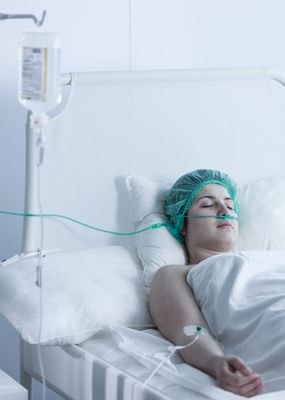
Anaesthesia warnings
The US FDA is warning that repeated or lengthy use of general anaesthetic and sedation drugs for children younger than three years or pregnant women in their third trimester may affect the children’s developing brains.
The risk is greater in surgeries lasting longer than three hours or if multiple procedures are required in children under age 3.
However, a single, relatively short exposure to general anaesthetic and sedation drugs is not likely to cause any negative effects on behaviour or learning.
The agency wants doctors to “discuss with parents, caregivers, and pregnant women the benefits, risks, and appropriate timing of surgery or procedures requiring anaesthetic and sedation drugs” and to try to balance the benefits against the potential risks. The agency also wants these warnings to be added to the labels of such drugs.
"We recognise that in many cases these exposures may be medically necessary, and these new data regarding the potential harms must be carefully weighed against the risk of not performing a specific medical procedure," the director of the FDA's Center for Drug Evaluation and Research added.
Will IVF be a success?
A new online calculator can help couples find out their chances of success with in vitro fertilisation (IVF).
The researchers developed the free online tool after analysing data on 1,13,873 women who went through IVF treatment; 29 per cent of the women had a baby after the first try, while 43 per cent were successful after six cycles.
There are two calculators, a pre-IVF one that looks at a woman's chances before treatment and a post-IVF one that looks at her chances after embryo transfer.
The woman’s age is the most important factor that determines success. After age 30, her chances start to decline.
The number of years couples unsuccessfully tried to conceive before trying IVF also was a factor. The more years they tried, the lower their chances.
Other factors that influence success include the number of eggs collected, the health of the embryos transferred and whether the eggs were frozen.
The more the eggs produced in a cycle, the greater the odds of success, but only up to 13 eggs. After that, the quality of eggs diminishes and the chances of having a baby decreases.
Though the calculators are not without limitations, they “will help shape couples' expectations and will help them prepare emotionally and financially for their IVF journey," said the study author.
New predictor
The speed of heart rate recovery after a person stands up can help predict mortality in older adults.
When we stand up from a lying position, our heart will beat faster as it tries to compensate for the drop in blood pressure, and then recovers. The faster it returns to normal, the better.
The speed at which the heart recovers in the first 20 seconds after a person stands can predict an older adult's risk of dying within the next four years, according to an Irish study published in the journal Circulation Research.
The study was based on 4,475 people aged 50 and older. They completed a detailed cardiovascular health assessment and were followed for four years.
The researchers measured the heart rate and blood pressure of the participants as they first lay down for 10 minutes. They were then asked to stand up.
Those with the slowest heart rate recovery were seven times more likely to die over the next four years compared with those with the fastest heart rate recovery.
They still had a 2.3 times greater risk of death over the next four years even after accounting for other known risk factors for mortality and for heart rate such as age, diabetes, lung disease, socio-economic status, smoking, dietary factors, and weight.
“Our study shows that the speed of heart rate recovery in response to standing is an important marker of health and vitality that could be assessed quite readily in a clinical setting such as a hospital. It represents a new and potentially important biomarker of cardiovascular ageing that is useful for screening purposes,” the lead author added.
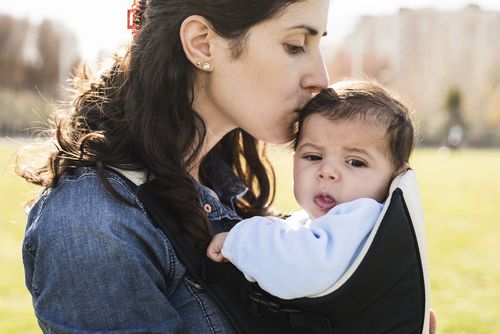
Hold babies close
Benefits of kangaroo mother care (KMC) lasts beyond childhood. Premature or underweight babies who received continuous skin-to-skin contact during their first weeks of life thrive better into adulthood compared to babies placed in incubators.
For the Columbian study in the journal Paediatrics, the researchers compared 264 young adults, who weighed less than 2kg at birth and had received kangaroo mother care with a control group of similar-weight babies who received incubator care.
Babies who received kangaroo care were 61 per cent less likely to die during infancy than newborns in the control group. They were also more likely to be breastfed and had fewer severe infections.
As children, they had fewer school absences, and as young adults, earned higher hourly wages and were less likely to be aggressive, impulsive and hyperactive or to exhibit anti-social behaviour.
“This study indicates that KMC had significant, long-lasting social and behavioral protective effects 20 years after the intervention. Coverage with this efficient and scientifically based health care intervention should be extended to the 18 million infants born each year who are candidates for the method,” the study concluded.
Defreeze and deliver
A 24-year-old woman has given birth to a healthy baby boy after doctors restored her fertility using ovarian tissue that was removed and frozen when she was 9 years old.
Moaza Al Matrooshi is the first woman in the world to deliver a baby after having ovary tissue frozen before puberty.
Moaza was born with beta thalassaemia, an inherited blood disorder that is fatal if not treated. She had to undergo chemotherapy before receiving a bone marrow transplant from her brother.
Because chemotherapy can damage the ovaries, doctors removed her right ovary and froze tissue from it before the treatment.
Last year, surgeons transplanted five slivers of the ovarian tissue back into Moaza—four were attached to her damaged left ovary and one to the side of her uterus. After the transplant, her hormone levels rose, she began ovulating and her fertility was restored.
To boost Moaza and her husband’s chances of having a child, the couple went through IVF treatment.
Eight eggs were retrieved, three embryos were produced, and two of them were implanted earlier this year.
The pregnancy was uncomplicated and the baby was delivered by C-section.
According to the researchers, this breakthrough would provide hope for women who may have to go through treatments for cancer, blood or immune disorders at a young age.

Life-saving sleep
Sleep deprivation can cause deadly consequences on roads. A study from AAA Foundation for Traffic Safety in the US highlights the importance of sleep in preventing accidents.
Drivers who miss just 1-2 hours of the recommended seven hours of sleep in a 24-hour period can nearly double their risk for a vehicle crash.
The report is based on an analysis of a survey of 7,234 drivers involved in 4,571 crashes.
The risk for a crash increased steadily with each hour of sleep the driver was deprived of the recommended seven hours or more.
Drivers who got 6-7 hours of sleep had a 1.3 times increased crash risk; 5-6 hours of sleep, 1.9 times the crash risk; 4-5 hours of sleep, 4.3 times the crash risk.
The risk was 11.5 times greater for drivers who slept less than 4 hours.
“You cannot miss sleep and still expect to be able to safely function behind the wheel. Our new research shows that a driver who has slept for less than five hours has a crash risk comparable to someone driving drunk,” said the executive director of the organisation.
While 97 per cent of the drivers considered drowsy driving a serious threat to their safety, about one-third admitted to doing so at least once in the past month.
The organisation provided recommendations to prevent drowsy driving for longer trips:
Drive at times when normally awake
Take a break every 2 hours or every 100 miles
Avoid heavy food
Avoid medications that can cause drowsiness
Travel with an alert passenger and take turns driving
Did You Know
There is a 63 per cent increased risk of blood clots, or venous thromboembolism in the first six months of starting testosterone replacement treatment.
The BMJ
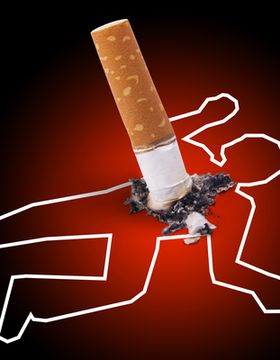
Not even one cigarette
There is no safe level of smoking. Smoking just one cigarette a day over a lifetime can increase your risk of early death, according to a US study published in JAMA Internal Medicine that looked at the effects of low-intensity smoking—defined as 10 or fewer cigarettes per day—on mortality.
The researchers analysed data on 2,90,215 adults aged 59 to 82. The participants answered questions about their smoking habits at nine different times in their lives, beginning with before they reached 15 and until after they reached 70.
Those who smoked an average of less than one cigarette a day over their lifetime still had a 64 per cent higher risk of earlier death compared to never-smokers. The risk was 87 per cent higher for those who smoked one to 10 cigarettes a day.
The risk of premature death was lower among light smokers who quit than those who continued to smoke. The risk also fell the younger they were when they quit.
The researchers also examined specific causes of death. The risk of death from lung cancer was nine times higher among those who smoked less than one cigarette a day over their lifetime, and 12 times higher among those who smoked one to 10 cigarettes a day.
“The results of this study support health warnings that there is no safe level of exposure to tobacco smoke,” said the lead author of the study.
“Together, these findings indicate that smoking even a small number of cigarettes per day has substantial negative health effects and provide further evidence that smoking cessation benefits all smokers, regardless of how few cigarettes they smoke.”
Contributor: SHYLA JOVITHA ABRAHAMA



